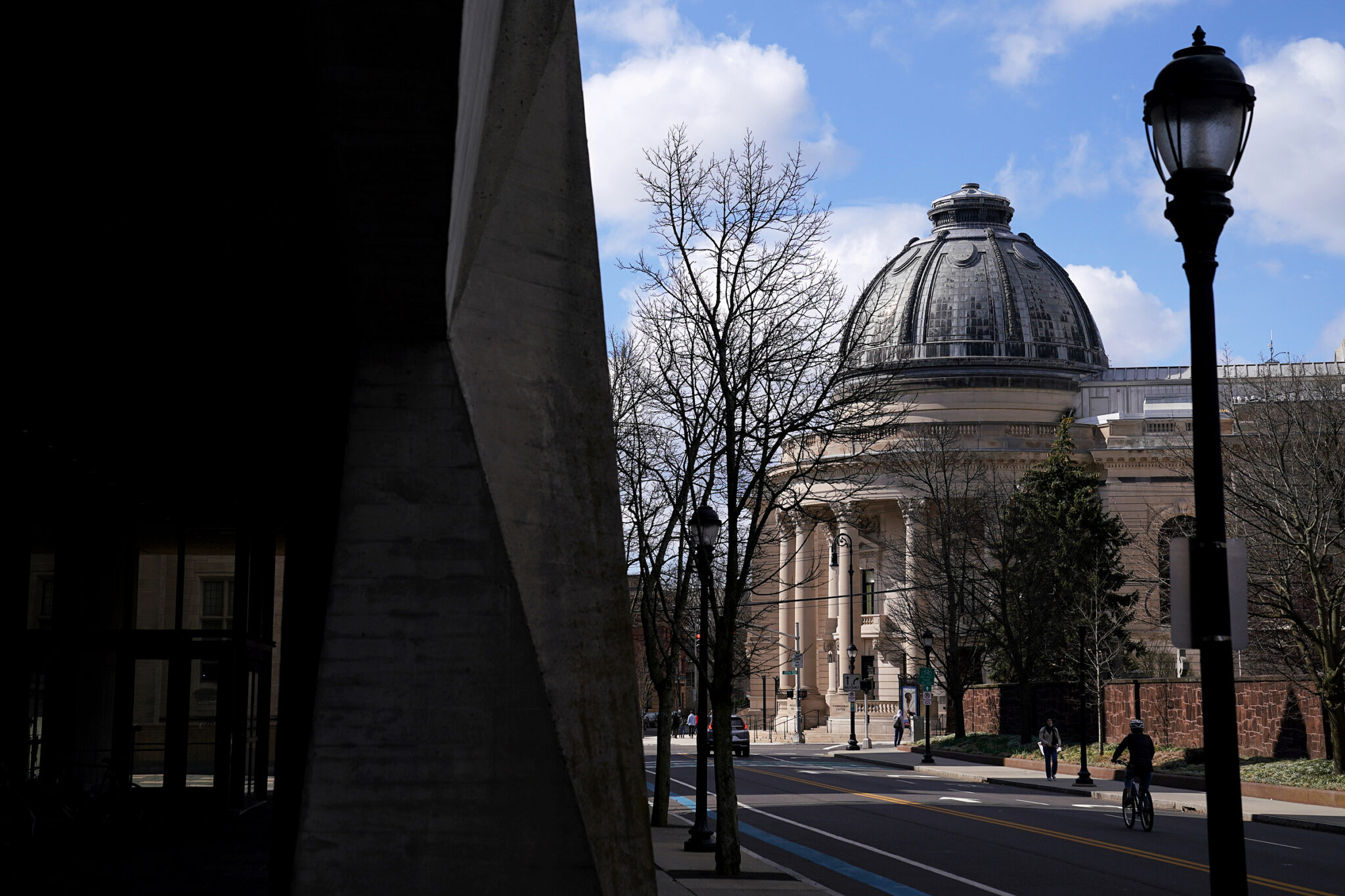Guest conductor Rossen Milanov leads Yale Philharmonia in a recital of Smetana, Beethoven and Shostakovich
Bulgarian conductor Rossen Milanov will conduct the Yale Philharmonia on Friday at Woolsey Hall.

Tim Tai, Senior Photographer
On Friday evening, the Yale Philharmonia, led by guest conductor Rossen Milanov, will perform a program of Bedřich Smetana, Ludwig van Beethoven and Dmitri Shostakovich at Woolsey Hall.
This concert, slated to start at 7:30 p.m., will feature the winner of the School of Music’s Woolsey Hall Concerto Competition, pianist Hyojin Shin MUS ’22. The program consists of Smetana’s overture from “The Bartered Bride”; Beethoven’s Piano Concerto no 4 in G major, Op. 58; and Shostakovich’s Symphony no 6 in B Minor.
The performance is meant to serve as “a cleansing, type of musical experience that connects to a deeper level emotionally,” Milanov said.
According to his website, Milanov is currently the music director of the Columbus Symphony, Chautauqua Symphony and Princeton Symphony orchestras — and chief conductor of the Slovenian RTV Orchestra in Ljubljana.
He has taken positions throughout the United States as well as in Spain and Bulgaria. His career has seen collaborations and work with artists like Yo-Yo Ma, Itzhak Perlman, Joshua Bell and Hillary Hahn.
Yale Philharmonia violinist Oliver Leitner ’23 MUS ’25 described Milanov as “a great educator” who “explains the pieces in ways that are great for us [the Yale Philharmonia],” he said.
Milanov noted both similarities and contrasts between each of the three pieces for the concert. According to Orrin Howard of the Los Angeles Philharmonic, Smetana himself transcribed the overture from his first second opera, also called “The Bartered Bride.” Drawn from the finale of the second act, the music of the overture is drawn from the scene when the protagonist signs a contract voluntarily giving up his claim to his fiancee while townspeople watch. Milanov said the work can be described as “really cheerful,” mirroring the last movement of the Shostakovich, the program finale.
Beethoven’s Fourth Piano Concerto was written in 1807 and is the second-to-last concerto the composer wrote. Many admirers of Beethoven noted its unique qualities. Davis Morgenstern ’26, an undergraduate pianist, said that he views the concerto as reminiscent of “older-style Beethoven.”
Shostakovich’s Symphony No.6 was written in 1939, and according to the Los Angeles Philharmonic, symbolizes Shostakovich’s complicated relationship with composing for the Soviet Union while opposing Stalinist practices.
While Milanov said that Shostakovich is rarely heard in concert halls, he said that it “demands an incredible power and virtuosity.”
Milanov said that his background growing up in Bulgaria was crucial to his interpretation of the piece. Growing up with family members who fought in both World Wars and experiencing the Iron Curtain first-hand, Milanov cited a personal connection to Shostakovich.
Milanov explained that the Shostakovich has a “dual meaning,” as some listeners may hear “hear a march,” while others may hear “oppression.”
“Half of the symphony is a very introspective movement that deals with our most private fears and hopes,” Milanov said. “That very intimate world gets shattered and exposed to bright daylight with a lot of sarcasm. One asks itself “What is real? What is inside us?”
The Yale Philharmonia is the largest performing group at the School of Music.







